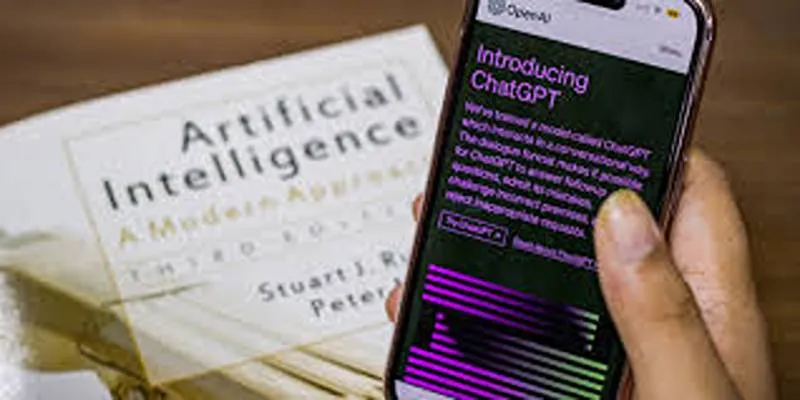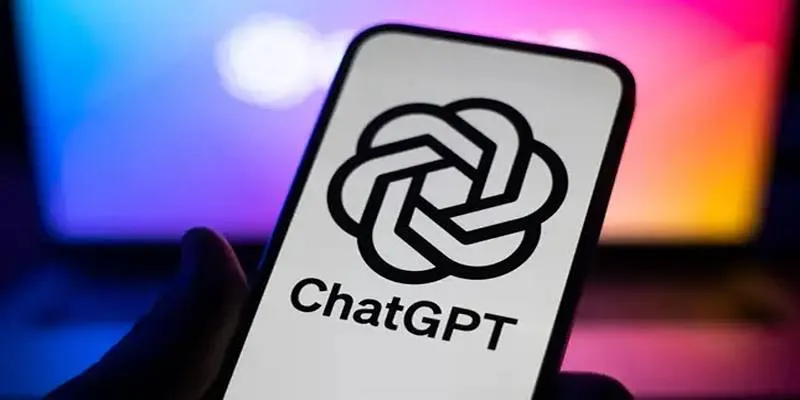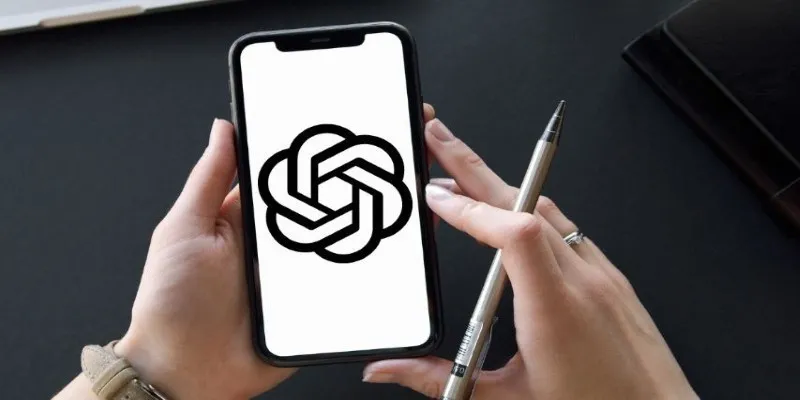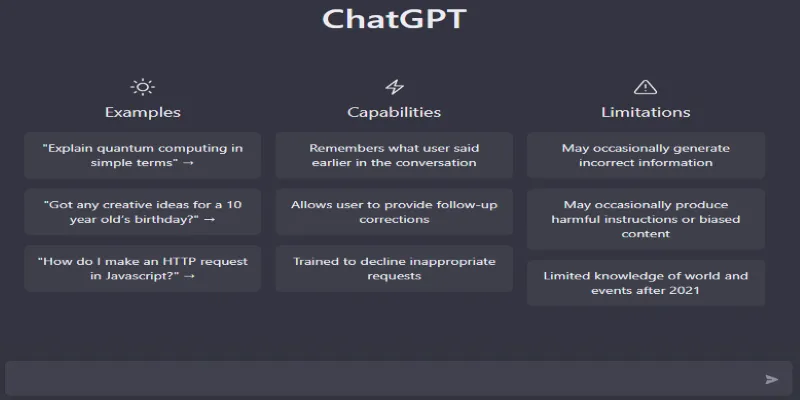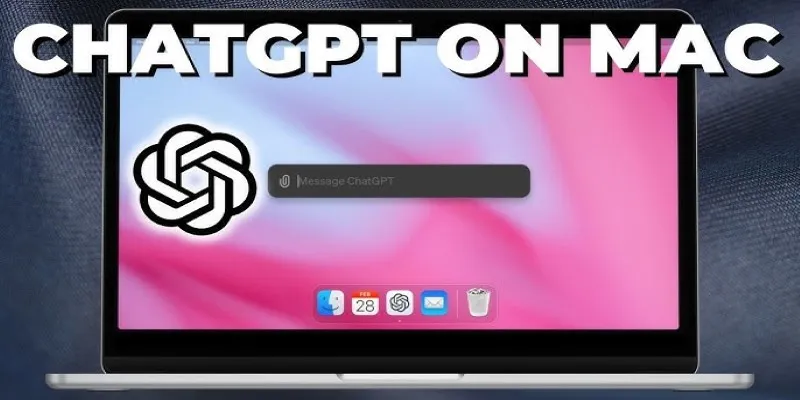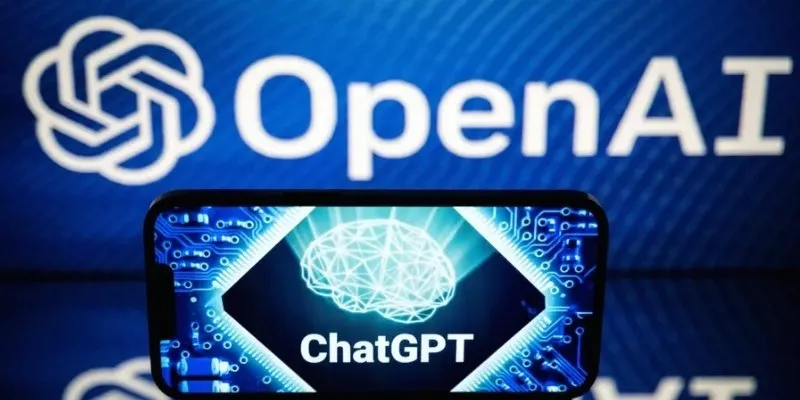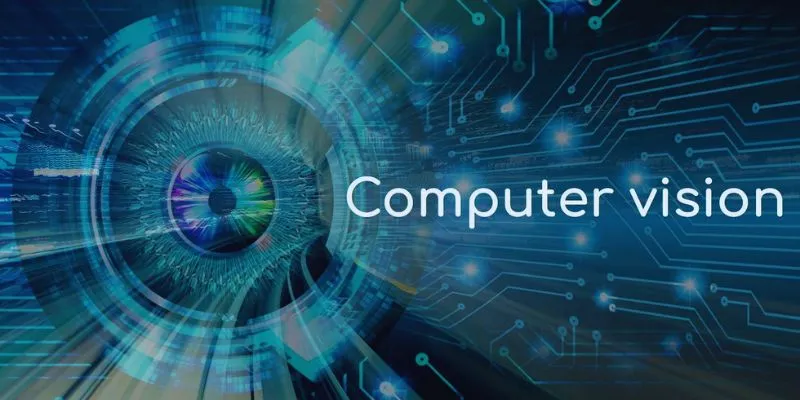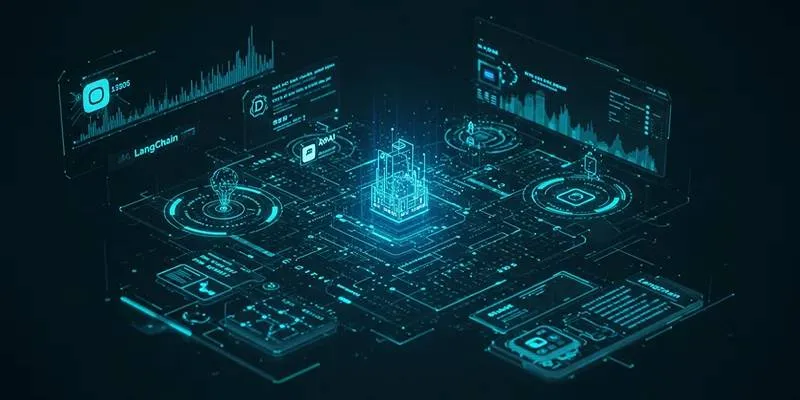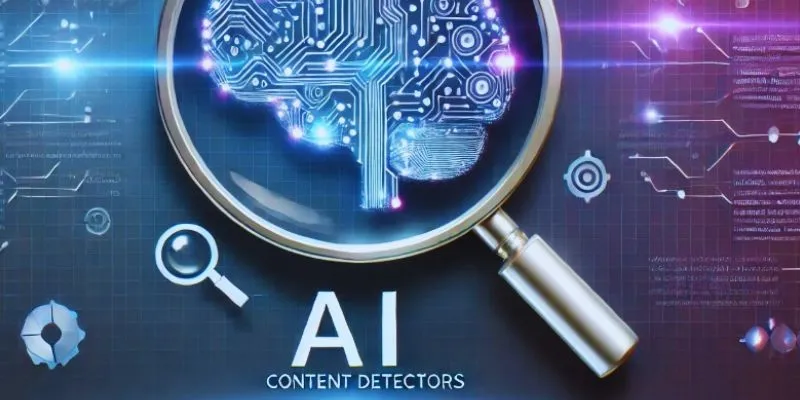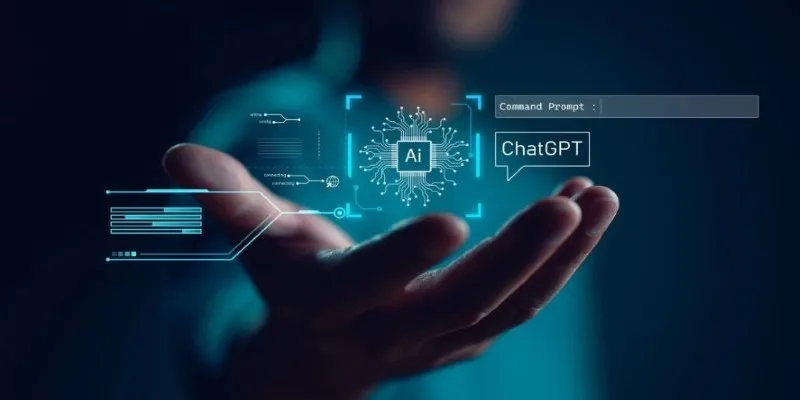ChatGPT has emerged as one of the most innovative tools for a variety of applications, from customer support and content creation to code assistance and brainstorming. However, just like any other AI-based tool, the quality of the interaction with ChatGPT depends heavily on how well it’s used and how relevant the prompts are.
Personas like these are vital for creating personalized experiences, enhancing content quality, and improving communication clarity. User personas can help ensure your interactions with ChatGPT align more closely with your goals, whether those are to improve customer service, create engaging content, or simplify complex tasks. Discover how to develop these personas effectively for your needs.
A Step-by-Step Guide to Creating Effective User Personas
Creating user personas is an essential step in ensuring that ChatGPT delivers relevant and personalized responses. By understanding your target audience’s needs, behaviors, and preferences, you can optimize your interactions and achieve better outcomes. Below is a step-by-step guide on how to build and integrate these personas effectively.
Step 1: Define Your Goals

Before creating a user persona for ChatGPT , it’s crucial to establish your goals. Are you aiming to improve customer support? Do you need ChatGPT to assist with content generation? Or is it meant to help with brainstorming new ideas?
Your goals will dictate the type of personas you need to create. For instance, if you’re focused on customer support, your user persona might revolve around understanding customer pain points and providing empathetic responses.
Step 2: Gather Data and Insights
Creating a persona for ChatGPT requires gathering relevant data about your target users or audience. It could come from several sources, such as:
- Market research: This includes demographic details, industry-specific behaviors, and buying patterns.
- Customer feedback: Reviews, surveys, and direct feedback help identify user needs, pain points, and preferences.
- Interaction history: If you’ve been using ChatGPT for a while, analyzing past interactions can reveal what responses work well and where improvements are needed.
Understanding your audience’s typical behavior is vital in constructing a persona that’s not just realistic but also effective in guiding ChatGPT’s responses.
Step 3: Identify Key Persona Components
Once you’ve gathered the data, it’s time to break it down into components that will make up your user persona. These components should be clear and actionable to guide ChatGPT’s behavior in your interactions. Some common elements to include are:
- Demographics: Age, gender, location, and occupation. While ChatGPT doesn’t need specific information, having a general sense of these factors can help refine responses.
- Pain Points: What are the common challenges or frustrations that the user might face? For instance, if you are targeting customer support, knowing the common issues can ensure that ChatGPT’s responses are more empathetic and solution-focused.
- Goals and Objectives: Understand what the user hopes to achieve by interacting with ChatGPT. It could include solving a problem, getting information, or generating content.
- Tone and Style Preferences: Some users may prefer formal communication, while others may appreciate a more casual tone. Identifying these preferences helps tailor responses that align with the user persona.
- Behavior Patterns: Understand how the user typically engages with technology. Are they tech-savvy, or do they require simple explanations? It can guide the level of complexity in ChatGPT’s responses.
Step 4: Create Specific and Actionable Personas
Once you have the components, it’s time to build detailed personas for ChatGPT. These personas should be specific enough to help you tailor the AI’s responses but flexible enough to allow for a wide range of interactions. Here are the steps for creating actionable personas:
- Name and Role: Give each persona a name and define their role. For example, “Tech-Savvy Sarah” or “Customer-Supporting Chris.” A name adds a personal touch, and the role helps define the type of response required.
- Background and Context: Briefly outline the persona’s background, including their needs, motivations, and challenges. For example, “Sarah is a digital marketer looking for tips to optimize her ad campaigns.”
- Behavioral Traits: This could include how the persona prefers to interact with technology or what types of content they respond to best. Are they short and direct in communication, or do they appreciate longer, more detailed explanations?
- Tone and Language Preferences: Define whether the persona prefers casual or formal language or if they like humor, simplicity, or technical jargon.
- Goals: Clearly outline what the persona hopes to achieve from interacting with ChatGPT. For instance, “Chris wants to resolve customer issues quickly and efficiently while maintaining a positive experience.”
Step 5: Integrate the Persona into Your ChatGPT Interactions
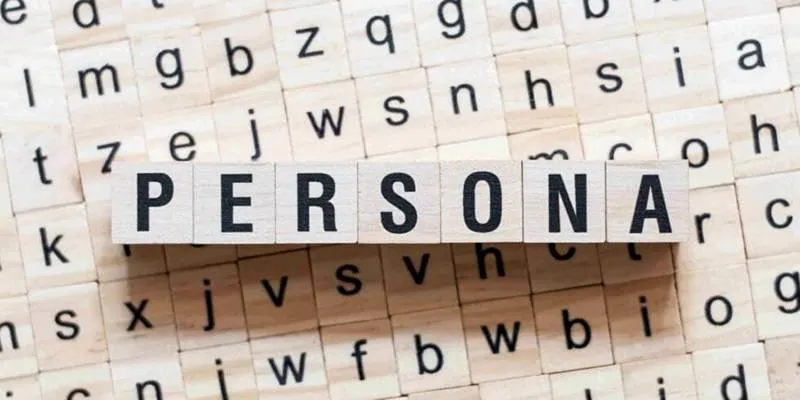
Now that you have your personas, you need to integrate them into your ChatGPT setup. In practical terms, this means customizing prompts, adjusting expectations, and providing context for each interaction.
For example, if you are working with a customer support persona, you might instruct ChatGPT to always respond with empathy, offering solutions and options for the customer’s issues. In contrast, for a content creation persona, ChatGPT may need to be more creative and informal.
Step 6: Test and Iterate
The final step in creating user personas for ChatGPT is to test them in real- world scenarios. Pay attention to how the AI responds to the prompts and whether the interaction matches your expectations. Adjust the personas as needed, refining them to better suit your needs. Since ChatGPT is a learning tool, iterating over time based on feedback will improve the quality of your results.
Conclusion
Creating user personas for ChatGPT is an invaluable practice for enhancing your interactions and optimizing the effectiveness of the AI. By focusing on the key components of each persona—demographics, pain points, goals, and tone preferences—you can ensure that ChatGPT provides responses that feel personalized, relevant, and engaging.
The more detailed and specific you are with your personas, the more likely you are to achieve better results, whether for customer service, content creation, or problem-solving tasks.
 zfn9
zfn9

